Compared with the traditional weaving profession of other ethnic groups, the traditional weaving profession of the Tay and Nung ethnic groups in Ha Lang has its own unique beauty, carries many special ethnic cultural values and is still passed down in many families.
The traditional weaving profession of the Tay and Nung ethnic groups in Ha Lang has existed for a long time. This is considered a standard to evaluate the virtue and ingenuity of women in the past.
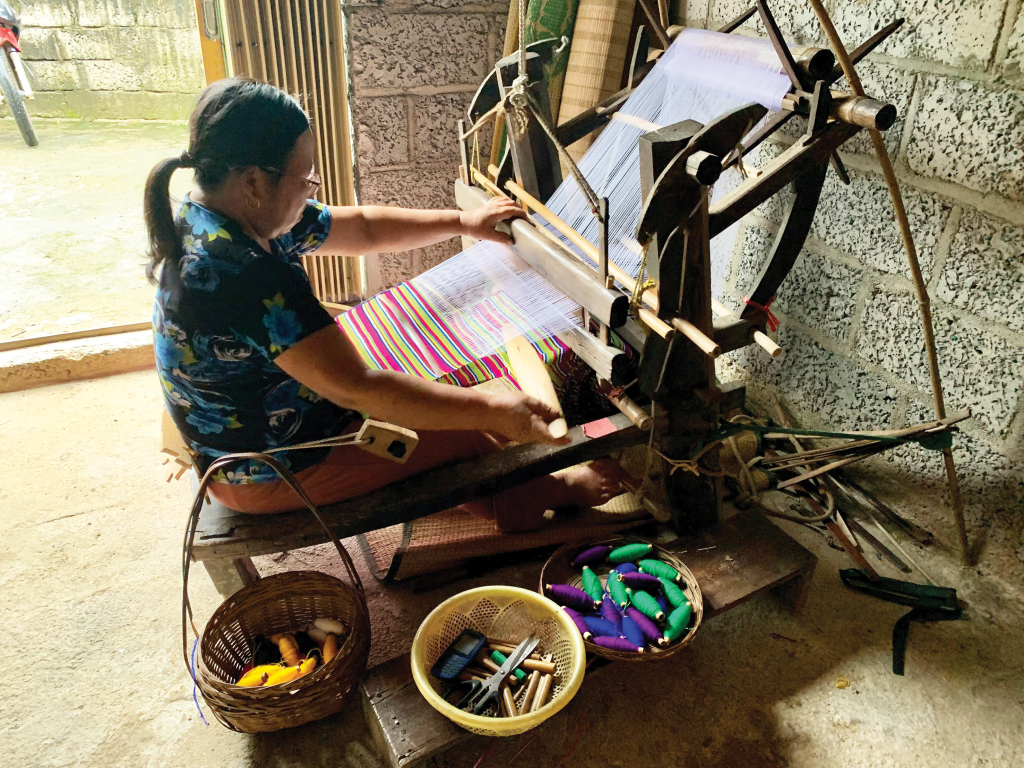
Tay and Nung women in Ha Lang often weave fabrics in the 6th and 7th lunar months every year. Taking advantage of the off-season, the women sit at their looms. From silk, the women here weave colorful fabrics, with silk threads dyed in different colors, depending on the craftsman's preferences, creating eye-catching products. Brocade motifs decorating blanket covers and baby carriers are woven with woolen threads with many colorful patterns. Ms. Ma Thi Kim Anh, Na Vi hamlet, Minh Long commune said: In the past, every house had at least one loom, and young girls before getting married wove their own clothes and blankets to bring to their husband's house. Currently, in the hamlet there are only 10 households maintaining the traditional weaving profession. However, each family has traditional indigo clothes and blankets available to use on important occasions such as weddings and funerals.
The main weaving materials of the Tay and Nung people in Ha Lang are cotton and silk. Plain fabric is usually made from cotton, going through many elaborate stages such as: planting cotton, harvesting, separating seeds, spinning threads, and then weaving into products. After being harvested, the cotton is brought home, the seeds are separated from the cotton, and then fluffed up by the women and rolled into small rolls. Next comes the spinning stage, which is considered the most difficult stage, requiring dexterity and meticulousness. To pull out long, even threads that are not broken, the cotton threads after being spun into threads will be rolled into rolls, boiled with rice flour, dried, and rolled into small rolls of thread. The rolls of thread are placed in a wooden frame to be pulled into a mold.
The second type is made from silk. Usually in the second lunar month, people start raising silkworms. The main food of silkworms is mulberry trees, and silkworms usually eat 7 meals a day, each meal is 3 hours apart. After 20 days of raising, silkworms will enter cocoons and spin silk, which is the raw material for weaving fabric. The cocoons are white and yellow depending on the natural pigments that the silkworms absorb while eating mulberry leaves. From the cocoons, silk threads are spun and will be bundled and arranged into molds.
To arrange the threads into the mold, both silk and cotton, the Tay and Nung people in Ha Lang use large, smooth house pillars as molds. The threads are pulled 11 times around 3 house pillars, the ends of the threads are carefully picked up by women and threaded through a thin, evenly toothed bamboo screen. To wind the threads into the bar, one person will have to carry the loops of thread, the rest will spread the threads together, using a comb to spread them evenly, the person carrying the thread must roll them tightly, reconnect the broken threads and fold them. After being folded into rolls, the threads will be woven into products.
Before being made into clothes, cotton fabrics will be dyed with indigo. Dyeing indigo fabric also requires many elaborate steps. Indigo plants are planted in March and harvested at the end of June - July of the lunar calendar. After harvesting, the indigo plants are washed and then put in a jar to soak in spring water until the green color is shimmering, wait for the sediment to settle, then take out the plants, then continue to mix with lime, let it settle for another 1 - 2 days, then filter the cloudy water at the bottom to get indigo powder. The fabric will be boiled, dried, then dipped in an indigo vat to dye. Continue to wash the fabric with clean water, dry and dye many times until the desired color is achieved.
Through many generations, from the skillful hands of women, the traditional weaving craft of the Tay and Nung ethnic groups in Ha Lang is still preserved. This is a unique and distinctive cultural feature, always attached to the daily life and culture of the people here.
Mai Chi
Source


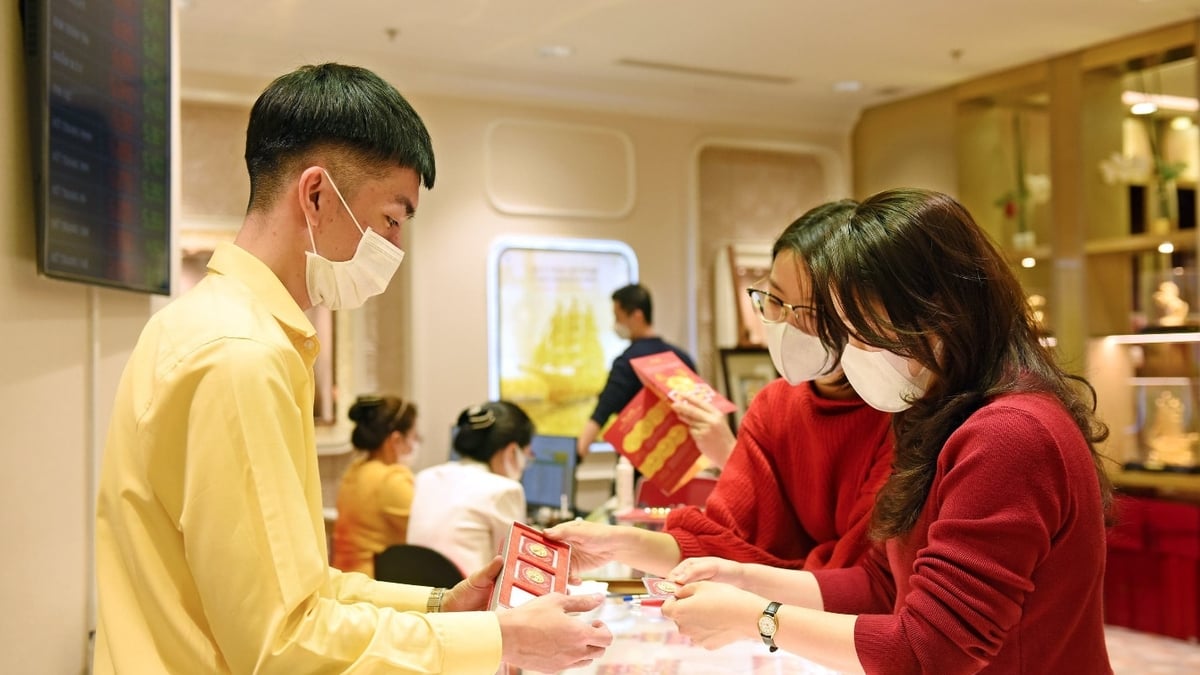



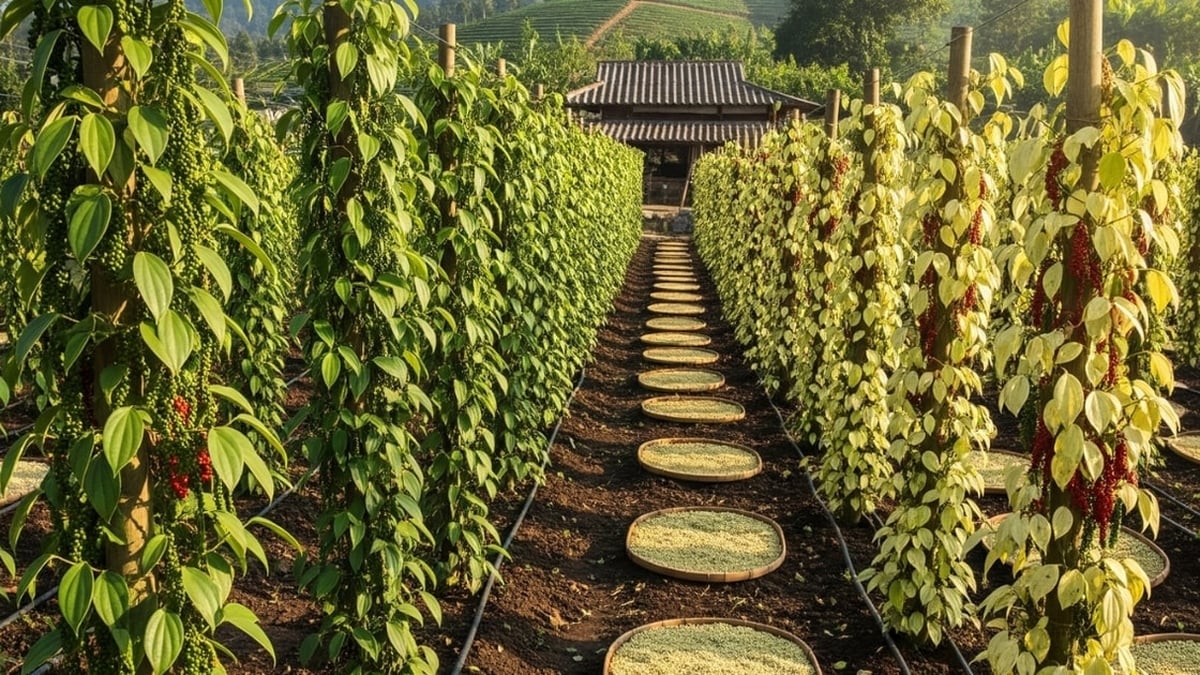
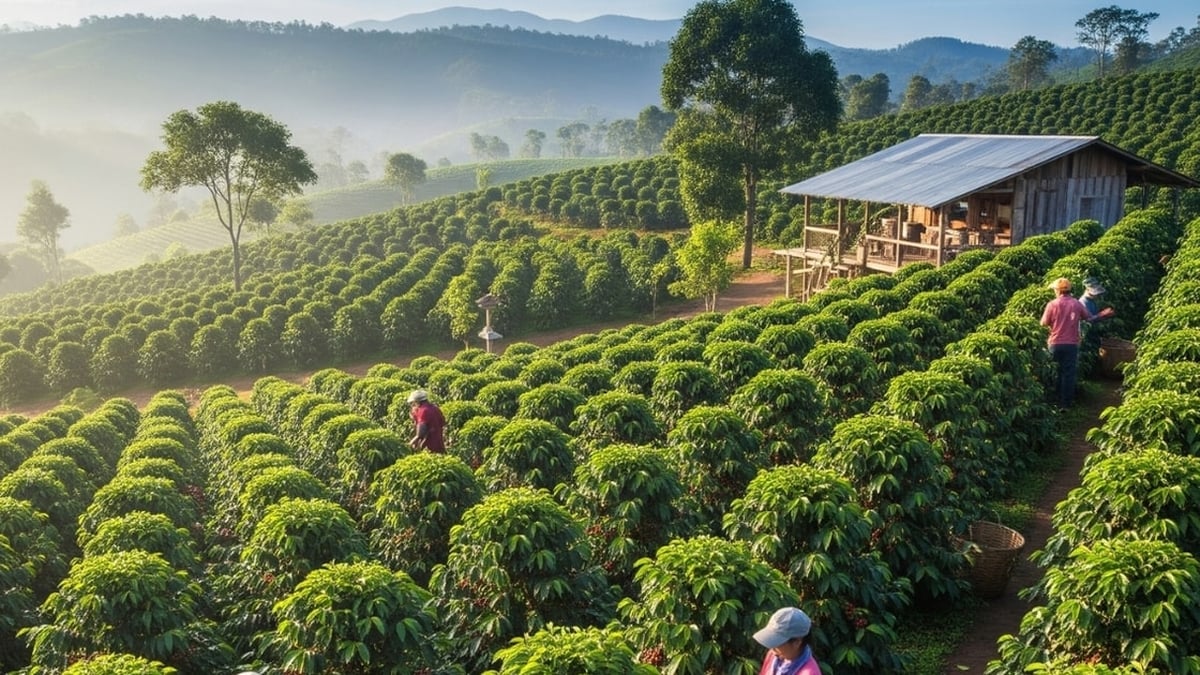
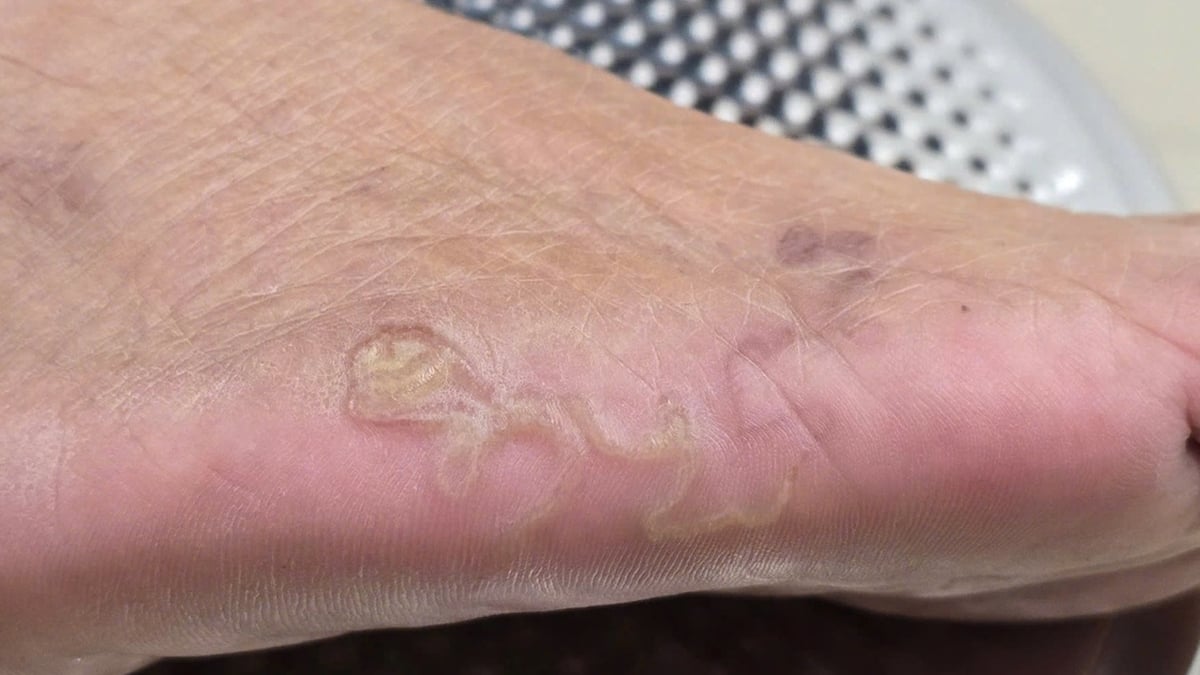

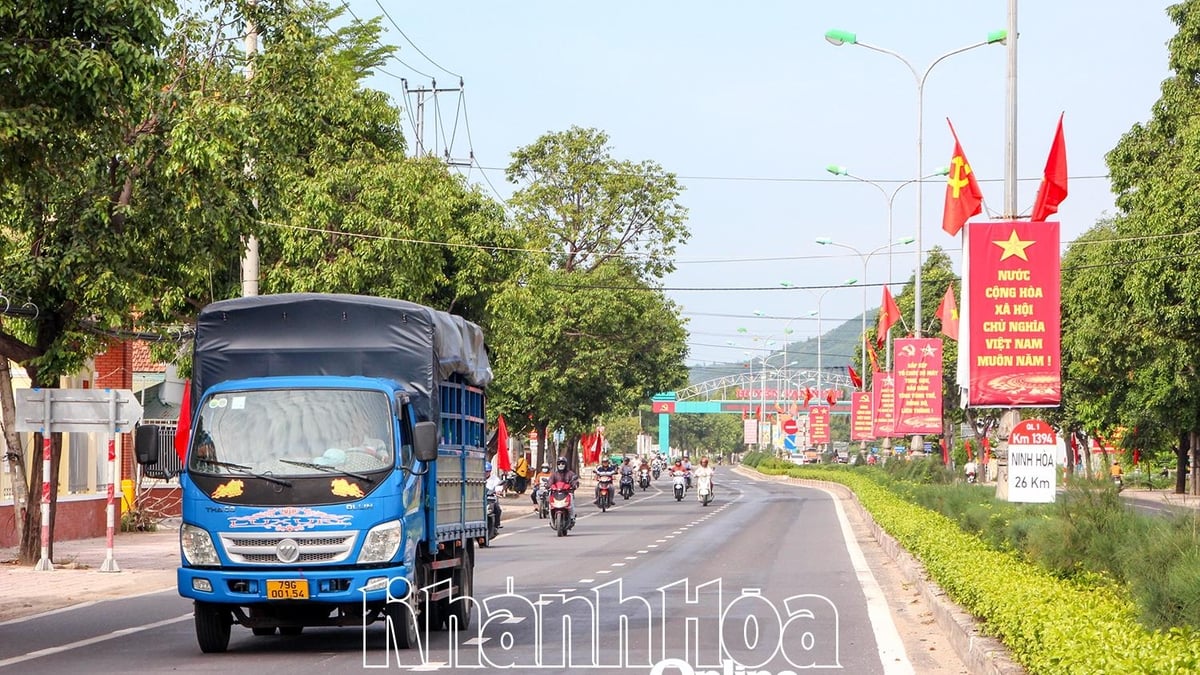












































![[Maritime News] Container shipping faces overcapacity that will last until 2028](https://vphoto.vietnam.vn/thumb/402x226/vietnam/resource/IMAGE/2025/7/30/6d35cbc6b0f643fd97f8aa2e9bc87aea)









































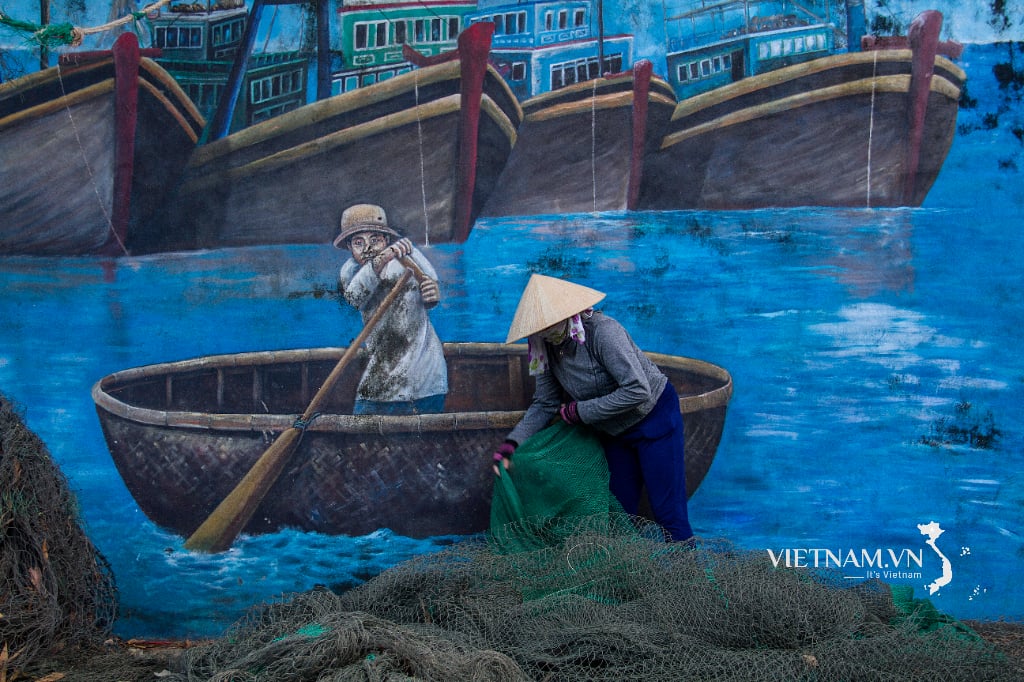

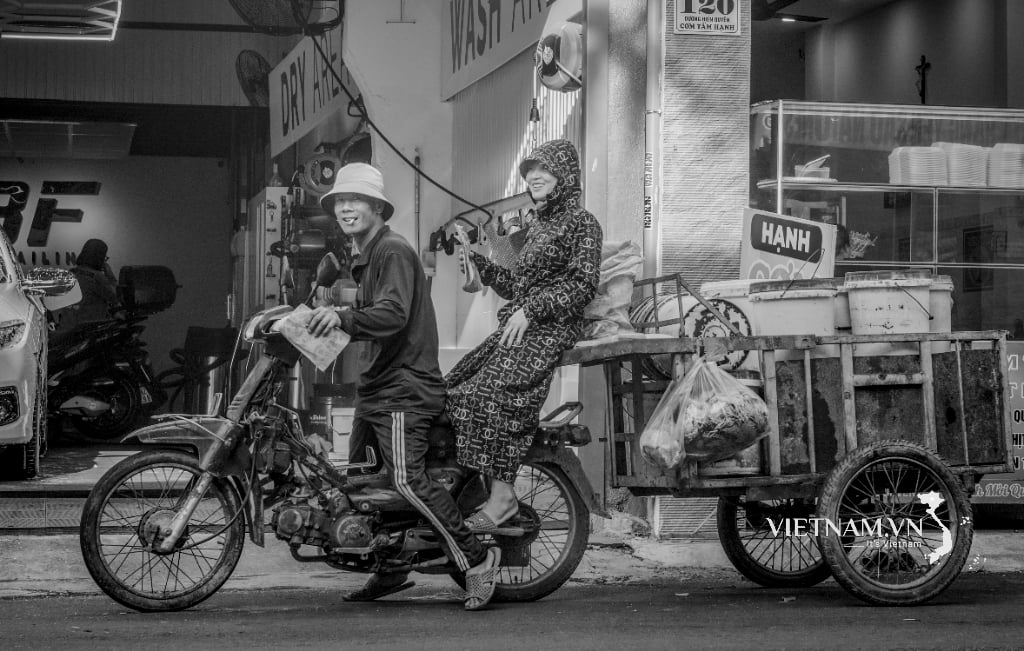
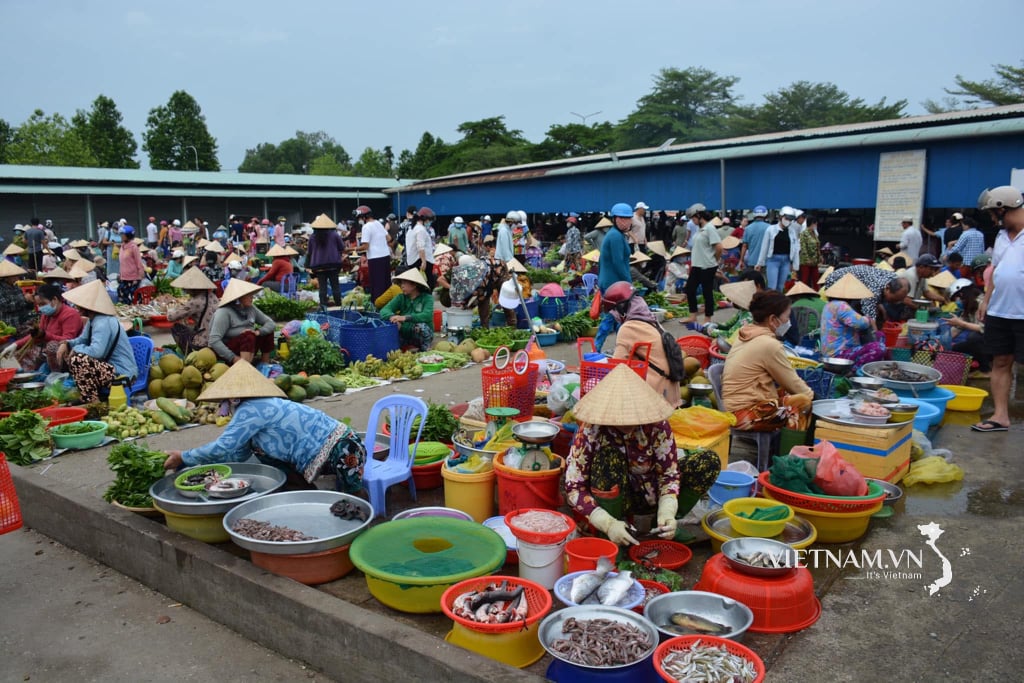
Comment (0)